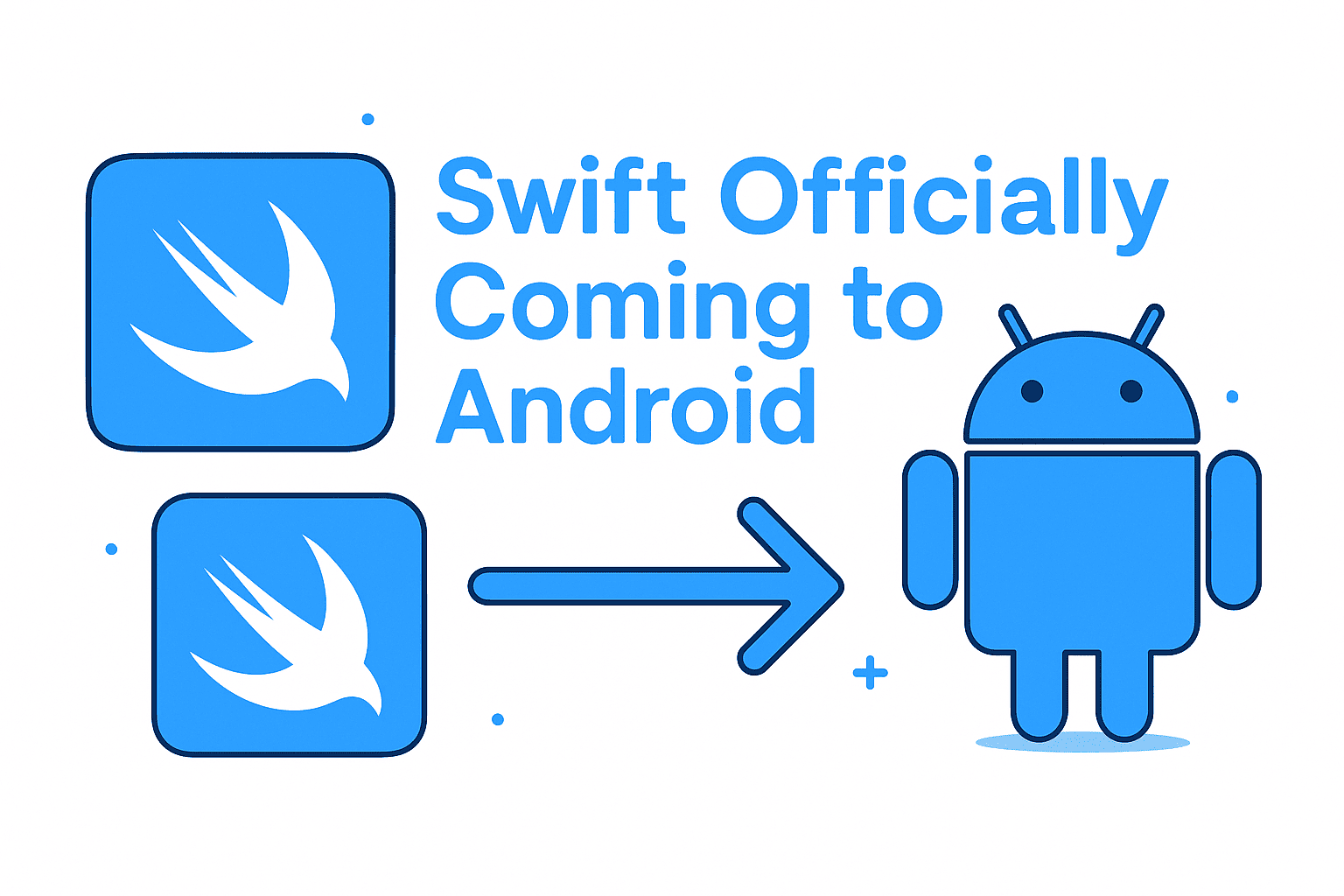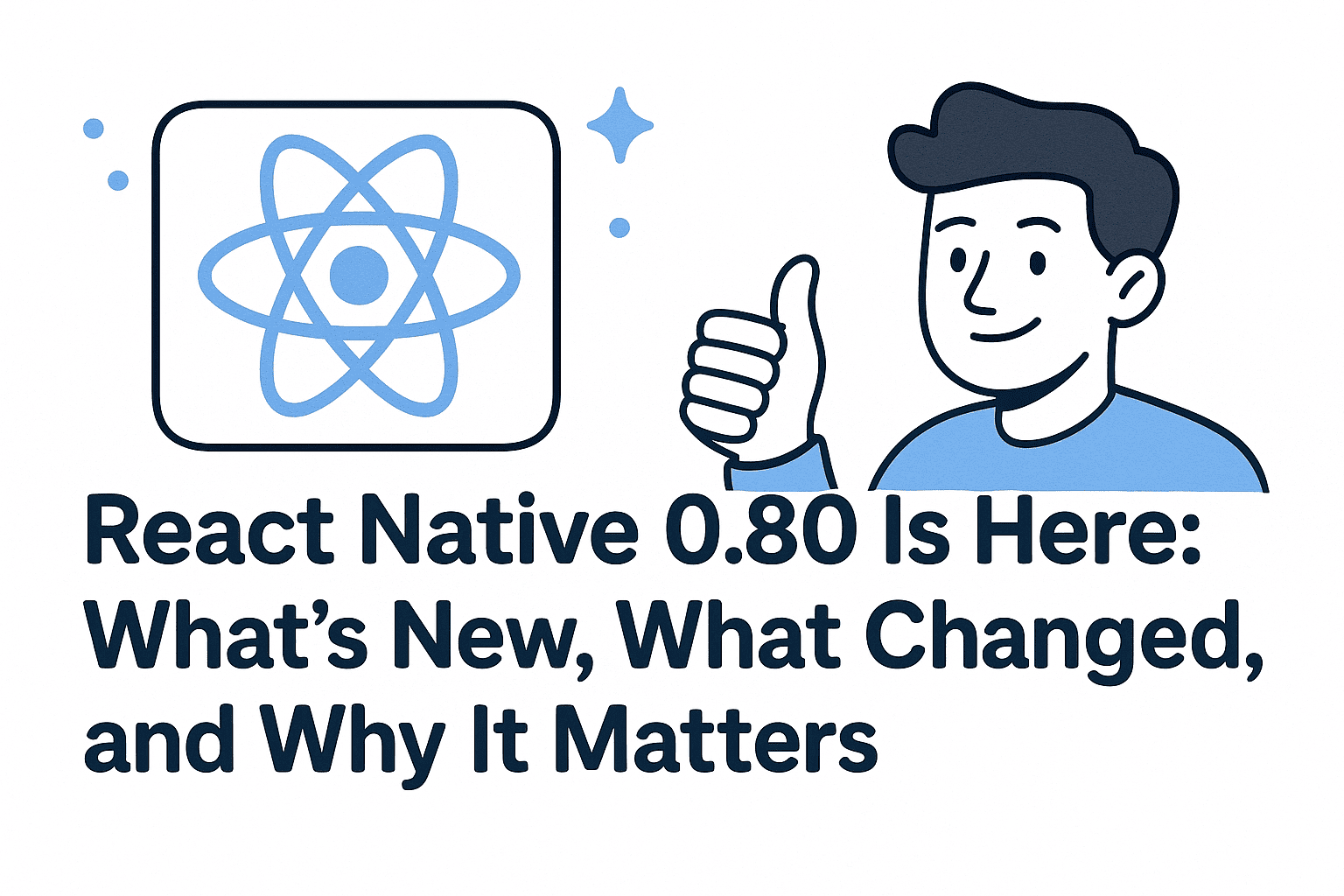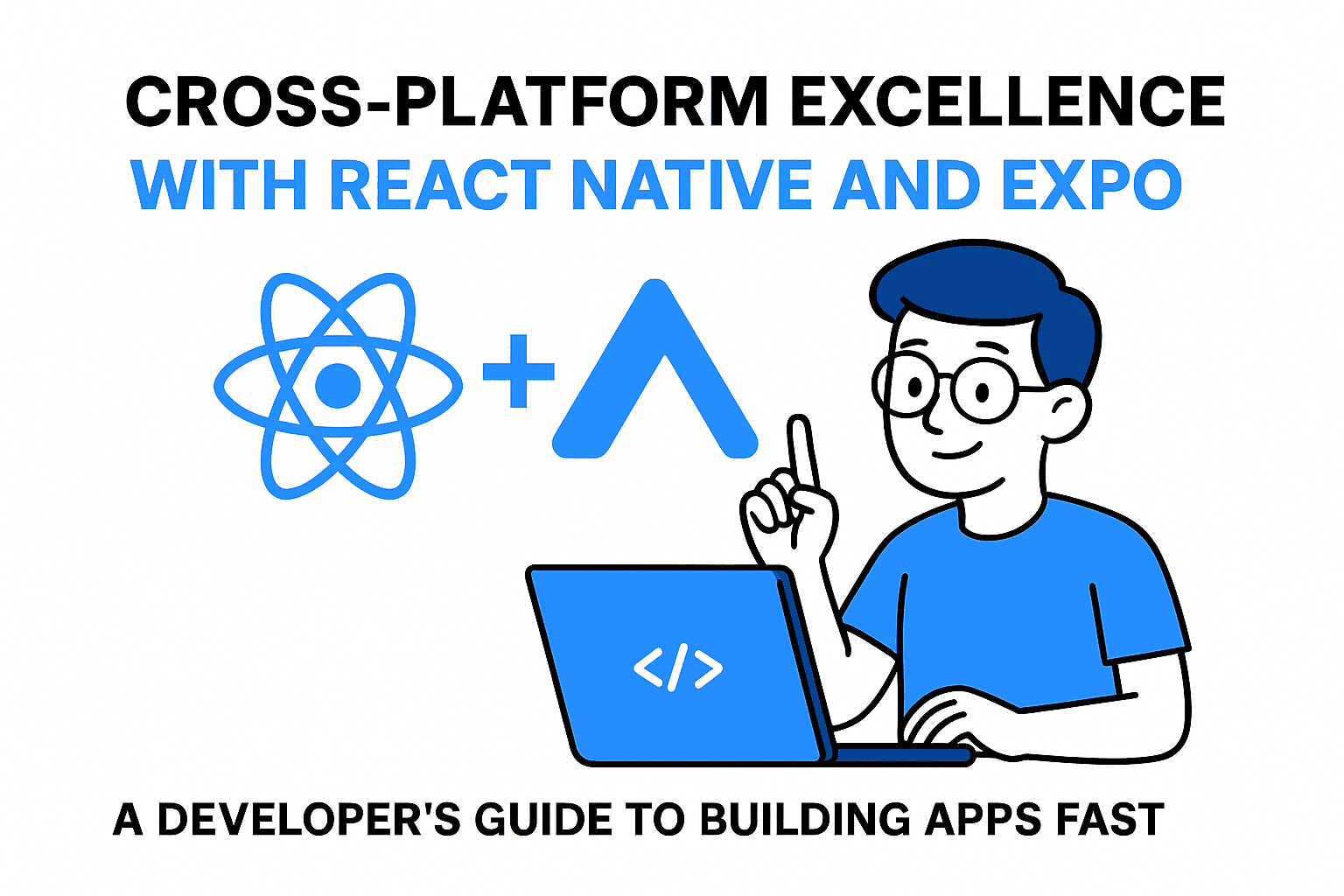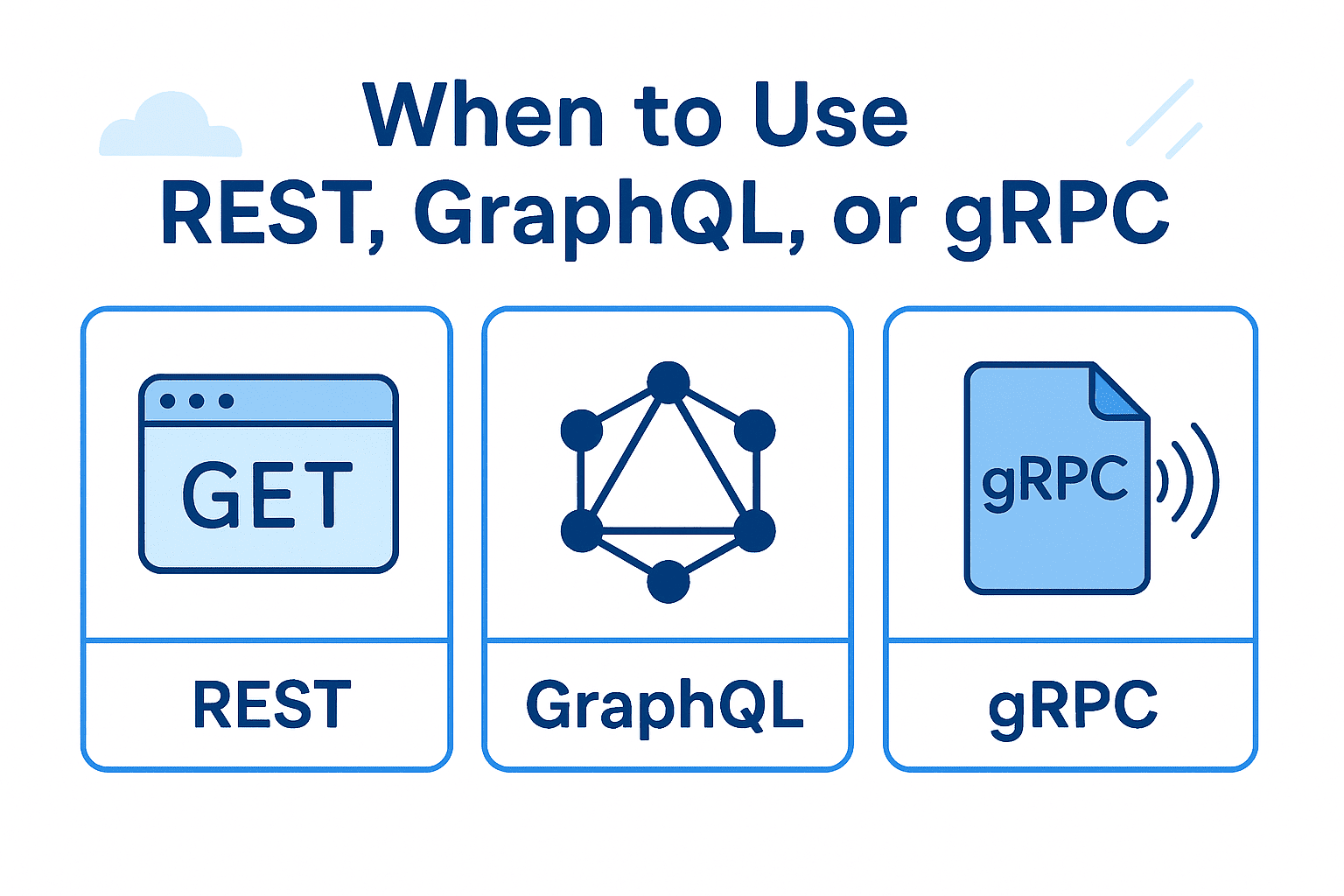Big news just dropped.
Swift, Apple’s beloved programming language, is officially making its way to Android. Yes, that Swift. The same language powering millions of iOS apps. The same one developers have tied closely to the Apple ecosystem for nearly a decade.
So… what does this mean for the future of mobile development?
Let’s break it down.
What Just Happened?
For years, Swift was Apple’s golden child, designed for speed, safety, and modern app development. But it was only available on Apple platforms (iOS, macOS, watchOS, etc.), which meant developers had to use Kotlin/Java for Android and Swift for iOS.
Now, with Apple’s support and open-source community backing, Swift can officially be compiled for Android targets. Not through hacks. Not with crazy workarounds. But with actual support.
Why This Is Huge
Let’s say you’re a mobile dev building an app for both iOS and Android.
Until now, your choices were:
- Native code for each: Swift for iOS, Kotlin for Android.
- Cross-platform tools like React Native, Flutter, or Kotlin Multiplatform.
But with Swift on Android, there’s a potential third option: Write Swift for both iOS and Android.
That’s right. One modern language. One codebase. Native performance. No extra frameworks.
And this isn’t just a tech update, it’s a signal. Apple is opening up, and the Swift community is ready to build beyond Apple’s walls.
Could Swift Become a Cross-Platform Framework?
Let’s be real, Swift alone isn’t a full cross-platform framework yet. It’s just a language. You still need tools, libraries, and UI kits to support building apps for both platforms.
But here’s what’s already in motion:
- SwiftUI on Android? Not there yet. But the community is exploring SwiftUI-like libraries for Android.
- Swift Package Manager (SPM) works across platforms.
- Vapor (a Swift web framework) already compiles on Linux and now works on Android environments.
- Swift is modern, safe, and easy to read, something most devs actually want to write.
So while Swift isn’t a full-blown cross-platform SDK today, it’s laying the foundation to become one.
And fast.
Who Benefits?
1. Solo Devs & Startups Write your whole app in Swift. Ship to both stores. Keep your team small. Focus on product, not plumbing.
2. iOS Devs Expanding to Android Already know Swift? No need to learn Kotlin from scratch. Just write Android apps the same way you build iOS ones.
3. The Open-Source Community With more platforms supported, Swift packages will evolve to be platform-agnostic. Expect more shared libraries, tools, and best practices.
4. Big Companies Lower dev costs. Reuse business logic. Improve consistency across platforms.
What Still Needs Work?
Let’s not sugarcoat it, Swift on Android is still in early days.
- UI toolkits are missing. Android has Jetpack Compose. iOS has SwiftUI. Swift needs something that works natively on both.
- Documentation and tooling are limited. You’ll need to experiment more.
- Ecosystem support is catching up. CocoaPods, SPM, and Swift tooling are still biased toward Apple platforms.
So if you’re building the next Uber, maybe hold off.
But if you’re an early adopter? This is your playground.
Final Thought: A New Era Is Coming
Think about this: Swift started as an Apple-only tool. Now it runs on Linux. On Windows. On Android.
That’s not an accident. That’s direction.
We’re not just seeing Apple play nice. We’re watching Swift evolve into a universal programming language. One that could challenge Dart, Kotlin, and even JavaScript in the long run.
So, is Swift the next cross-platform king?
Not yet.
But the race just got real interesting.
And if you’re a mobile dev?
Now’s the time to start learning Swift, really learning it.
Because the future isn’t just iOS or Android.
The future is Swift. Everywhere.



